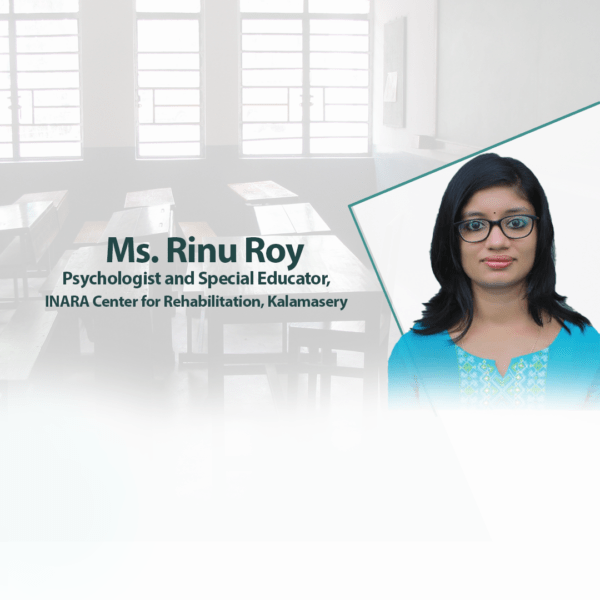In the case of differently-abled students, is it inclusive education or special schools that actually work?
It depends on the severity of their disability. Public Law 94 – 142 requires that each CWSN (Child With Special Needs) receive a free, appropriate education. The law also requires that the CWSN be placed or educated in environments that are least restrictive (LRE). That means, to the extent possible appropriate, CWSN should be educated with their non-disabled peers. For instance, if a child has a learning disability, inclusive education would work best for them because these children have good cognitive skills and their IQ level would be normal. Autistic children with an average IQ can also be placed in an inclusive education atmosphere. On the other hand, children with moderate and severe intellectual disabilities would benefit more from special schools. The process of finding out and placing students with disabilities in appropriate educational framework is known as the “cascade of services.” Cascade of services is also known as continuum of educational placement services which will be provided considering their severities. This may vary from general schooling with a consultant special educator to even home-based training for physically disabled students.
How inclusive is our present education system?
Speaking in terms of laws, inclusive education is mandatory in CBSE and state schools. But the implementation of these laws depends on the school and its management. Even though the law demands implementation, Kerala has still not come in ties with it.
Our schools are still not providing assistive technology for students with disabilities during exams. Apart from giving an extra short amount of time during examinations for students with learning disabilities or assigning a scribe for ID (Intellectually Disabled) students, schools should also conduct oral examinations and provide students with assistive devices such as speech-to-text converters, auto spell checkers etc.
Do you think there is a need for at least one special educator in every school?
Definitely yes. Normally, children with good cognitive and intellectual abilities take a particular period of time to learn a concept. Children with disabilities take a lot more time than other students take. They will need individualized instruction and training to make them patiently learn the concepts. Currently, at the BRC level, one special educator is serving three schools. But we should slowly make it one on one for giving more individualized attention.
What are the measures that schools should take to make inclusive education possible?
Inclusion should start in the physical structure of a school. Establishing toilets, transportation inside schools and a playground that is accessible and easy to use plays a major role in helping students with locomotor and sensory disabilities. Sometimes, traditional instruction materials would not be intelligible for students with neurodevelopmental and sensory disabilities. Study materials should be designed in a way to meet the student’s requirements. These may be visual, auditory, tactile or kinesthetic learning rather than printed texts. Technological advancements help a lot in designing such materials. The way of teaching and the level of support from the school helps a lot in inclusion.
How does the peer group develop from the inclusive methods?
Children will learn the importance of accepting and including people with disabilities. They will learn the concept of uniqueness and that everyone has their own differences. Inclusive education provides a platform for students to interact with each other and know more about the support that should be given to students with disabilities. It is better to get such exposure so that they could understand the ways to make society a little better for everyone.

